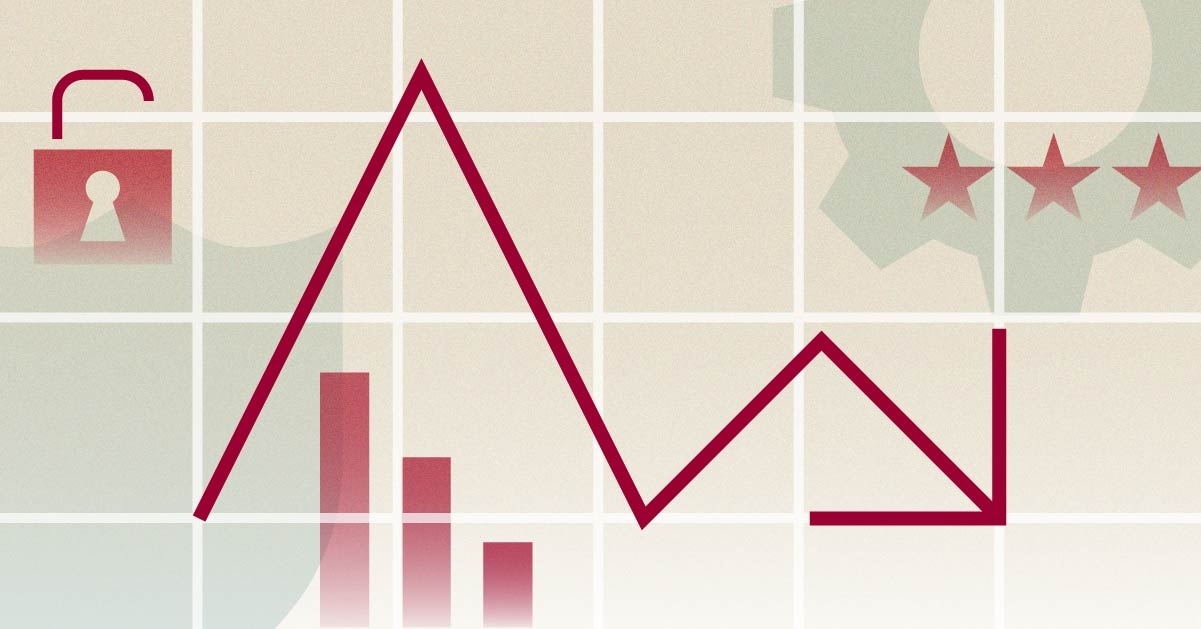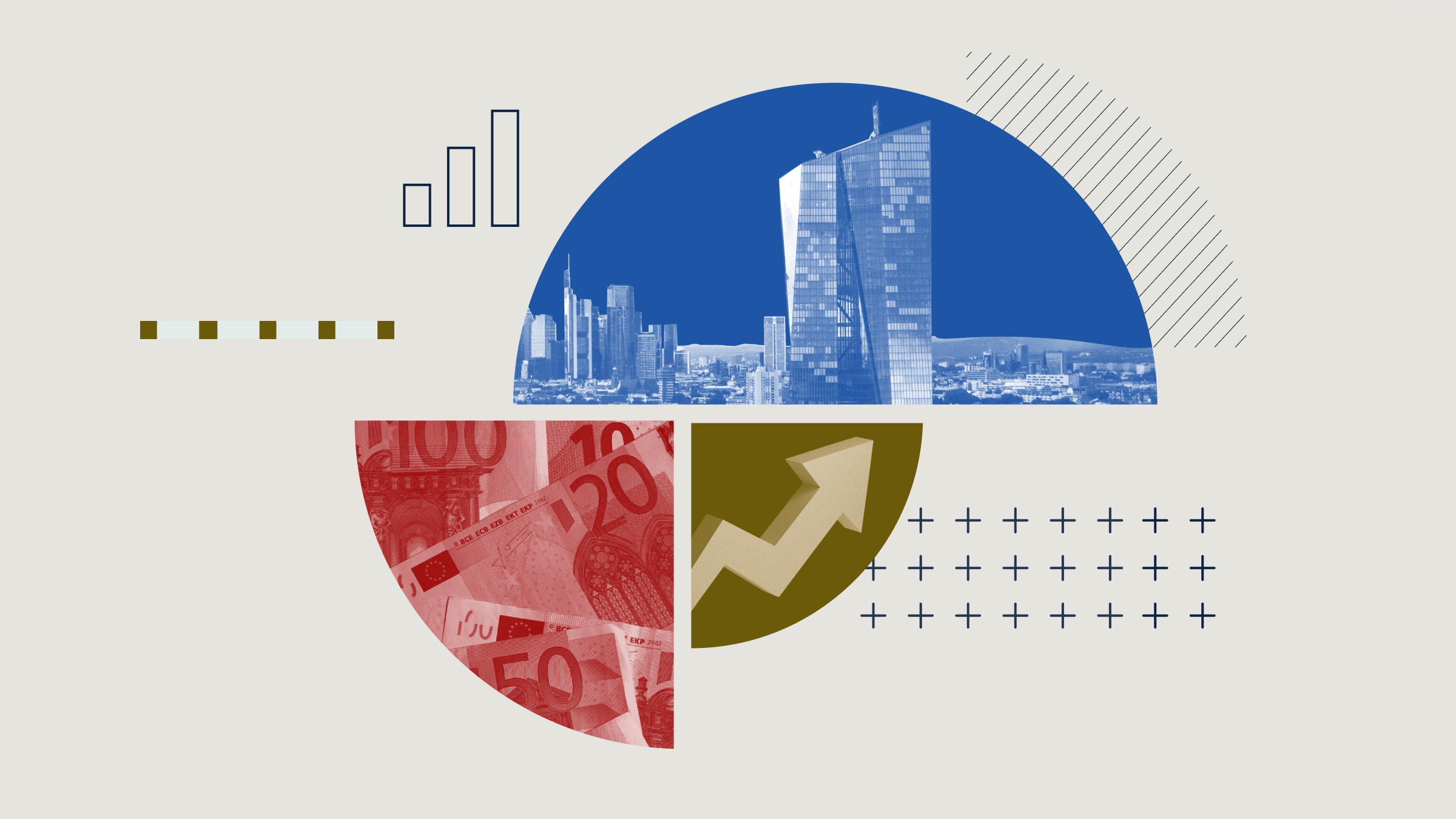Matt Coffina: For Morningstar StockInvestor, I'm Matt Coffina. I'm joined today by Erin Davis, who is a senior analyst on our financial-services team, and she covers global banks. Erin, thanks for joining me.
Erin Davis: Thanks for inviting me, Matt. I am excited to be here.
Coffina: There have been a lot of important changes to the banking world since the financial crisis, particularly with respect to regulatory capital standards. Without getting us too lost in the weeds, could you just explain briefly what Basel III is and exactly what it means for global banks?
Davis: Well, Basel III is the latest version of global-banking regulators' attempts to standardize and strengthen capital regulations for banks. There are two main aspects to it: The first is capital, and the second is liquidity. For capital, what that focuses on is how much high-quality capital--such as equity--that banks have to hold in relationship to how many risks they have in their business, as measured by their risk-weighted assets.
The second thing is liquidity, which is how much highly liquid assets--those are things like cash, central bank deposits, and Treasuries--banks need to have compared to how much cash they are expected to have to lay out over the next 30 days. And the idea is that banks should have enough liquid assets on their balance sheets all of the time so that if funding markets suddenly froze up, they'd be okay for a limited amount of time.
Coffina: So, the U.S. implementation of Basel III is actually a little stricter than the international standards. What are the key differences for U.S.-based banks?
Davis: The U.S. standards are a little bit stricter, but the general idea is to create a level playing field. And I think, broadly speaking, regulators have done that. One key difference--the most important, I think, between the U.S. implementation and the European implementation--is that the U.S. [has] a supplementary leverage ratio that has to be at least 6%. This ratio is 3% in Europe, and that's essentially measuring a bank's common equity to unweighted assets--just their balance-sheet assets plus some other off-balance-sheet assets. It's not something that's easy to calculate, but it is pretty clear that the U.S. number is almost twice as strong as the European number.
Coffina: What does this mean in the real world? Could you give us an example or two of a bank and exactly what these new capital standards are going to mean for them?
Davis: Most large banks have already met the standards that they'll have to meet for 2019. And so I think that banks, in general, are going to continue to build a little bit of a buffer above that. But for the most part, the serious capital-building activities have already occurred. For a bank like JPMorgan [Chase] or HSBC, those banks are considered systemically very important, and so they have to hold even more capital than a local regional bank or a bank that's less systemically important like Wells Fargo.
So, even though the capital numbers that these banks are holding are around 10%, which are similar to the numbers that we saw before the crisis, it's actually very different. If you look at it on a common tangible-equity to tangible-assets basis, which is much more of an apples-to-apples comparison over time, you'll see that large banks are holding double or more capital than they were before the crisis.
So, while this means that the banks are generally done building capital and can turn their minds a little bit more to capital distributions for shareholders, it also means that, just mathematically speaking, it's much harder for these large banks to earn the kinds of returns for shareholders that they were earning before the crisis because they are just simply less leveraged.
Coffina: One of the ways that the Federal Reserve is going to be enforcing these new bank-regulatory standards is through the CCAR [Comprehensive Capital Analysis and Review] process. This has become a bit of an annual ritual where everyone is paying attention every year to see how the various banks have performed in the CCAR to see which ones are going to be able to raise their dividends, increase share repurchases, and so on. Could you just very briefly explain how the CCAR process works and whether this matters to investors?
Davis: Well, this is a U.S.-focused process, and banks submit their capital plans in January. And what they include in that is what they expect their income statements and balance sheets to look like over the next year, how much capital they'd like to distribute to shareholders through dividends and share repurchases, and then also how they think their business would model in a stress test that has economic data points put forth by the Fed that are standard across all of the banks in the stress test.
Then, the Federal Reserve analyzes these results using both quantitative measures--they look at the numbers outputted by the banks--and qualitative measures of the bank's risk-management systems and how in-depth they think their answers are. Then, they decide whether to object or not object to the bank's capital plans.
This year a lot of the major banks in the U.S. passed, but Citigroup didn't and those U.S.-based subsidiaries of a couple of global banks like RBS [The Royal Bank of Scotland Group], Santander, and HSBC faced objections. So, that means that they have to resubmit their plans. The deadline was recently extended, and the banks have until early January to resubmit their plans. So, they can continue to operate, but they just can't increase their dividends until the Fed agrees with their plan.
Coffina: So, it sounds like most banks are pretty well positioned for the higher regulatory capital standards. Do we have any best ideas in terms of banks that are especially well positioned to deliver strong returns to shareholders over time? Or, alternatively, are there any banks that stand out to you as not being particularly well positioned to meet these higher capital standards?
Davis: In general, I do think that the banks are pretty well positioned to meet the standards. I'm not very worried--absent large legal settlements or regulatory costs. And those are very real for a lot of these global banks. We just saw BNP Paribas pay a fine of $9 billion, for example. But absent a lot of bad surprises like that, I think that capital returns have been a key focus for shareholders, and I think that they are a key focus for managers and financial services too. I think that we'll see a lot of increasing dividends in 2015 and in 2016.
One company that we think is pretty well positioned is Discover Financial Services. They are paying out about $0.17 right now on EPS [earnings per share] of $1.35, and that equals about an 18% payout ratio. I think it's realistic to think that that could go up to 30%, which would imply a dividend of about $0.40 per share.
In Europe, I think that a couple of names that are either poised to resume paying dividends soon or increase their dividends soon are Lloyds [Banking Group] and UBS. Both have been building capital and repairing their businesses a lot since the financial crisis, and I think we are going to see a lot of movement on their dividends in the next two years as well.
Coffina: Thanks for joining me, Erin.
Davis: It was good to be here. Thanks, Matt. It's always good to talk to you.
Coffina: In conclusion, it looks like most global banks are reasonably well positioned to meet higher regulatory capital standards as a result of Basel III and other regulations that have come out since the financial crisis. Our analyst shared a few ideas for companies that she thinks are particularly well positioned to increase their returns of capital to shareholders. One name that stood out to me was Discover Financial Services, which we own in Morningstar StockInvestor's Hare Portfolio. But over in Europe, she also likes UBS and Lloyds.
For Morningstar StockInvestor, I'm Matt Coffina.































